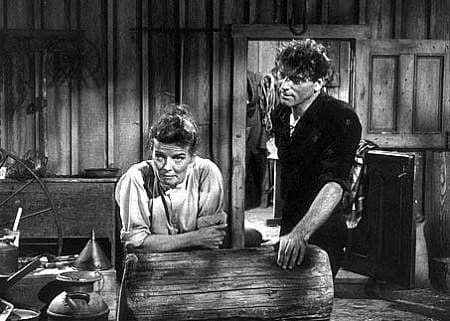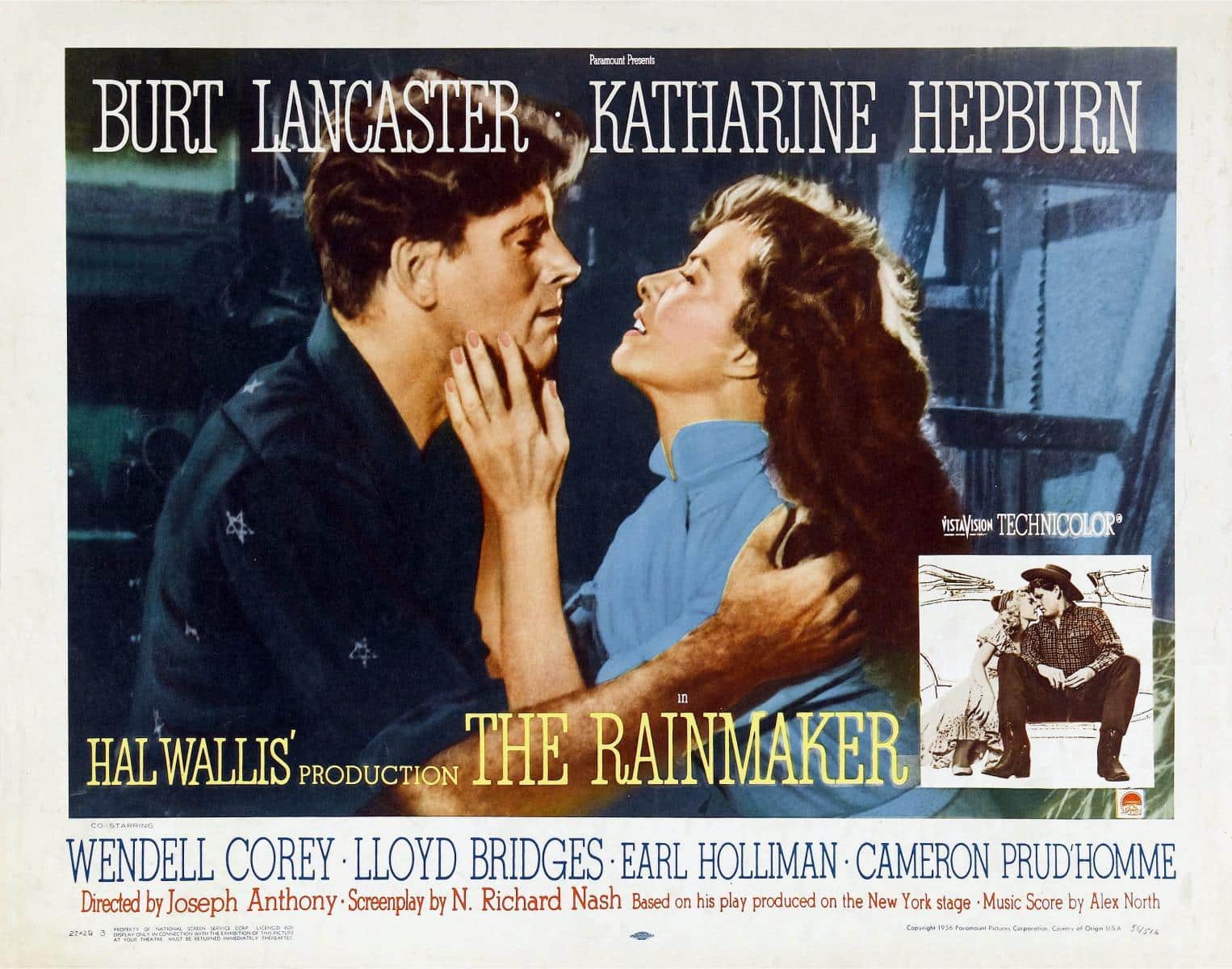The 1956 film “The Rainmaker,” directed by Joseph Anthony and based on the play by N. Richard Nash, is a thought-provoking exploration of human nature and hope. Set in the drought-stricken Midwest, the story delves into themes of self-belief, transformation, and the power of dreams. Let’s break down some of the key themes in this classic film.
Self-Belief and Transformation
One of the central themes in “The Rainmaker” is self-belief. The character Starbuck, a charismatic con man who claims he can bring rain, embodies this theme. He instills hope and confidence in Lizzie Curry, a woman who feels unattractive and unworthy of love. Through Starbuck’s encouragement, Lizzie begins to see herself in a new light, experiencing a personal transformation. This shows how believing in oneself can lead to profound changes.
The Rainmaker 1956: The Power of Dreams
Dreams and aspirations play a crucial role in “The Rainmaker.” The townspeople’s desperate hope for rain symbolizes their broader dreams and desires. Starbuck’s arrival brings a sense of possibility to the community, reminding them of the importance of holding onto their dreams, no matter how improbable they may seem. This theme resonates throughout the film, illustrating how dreams can inspire and motivate individuals.
Placeholders
The Rainmaker 1956: Love and Acceptance
Another significant theme in the film is love and acceptance. Lizzie’s journey is not just about finding love, but also about accepting herself. Her relationship with Starbuck helps her realize that she is worthy of love and respect. This theme is universal, highlighting the importance of self-acceptance and the transformative power of love.
Family and Community
The film also explores the dynamics of family and community. The Curry family, dealing with their own struggles and conflicts, represents the broader community. Their interactions reflect the challenges and support systems inherent in family life. The film shows how family and community can be sources of strength and support during difficult times.
Illusion vs. Reality
“The Rainmaker” blurs the line between illusion and reality. Starbuck’s claim to bring rain is initially seen as a scam, yet his influence on the town is very real. This theme raises questions about the nature of belief and reality. It suggests that sometimes, the belief in an illusion can have tangible, positive effects on people’s lives.
Conclusion: The Rainmaker 1956
“The Rainmaker” (1956) is a rich tapestry of themes that explore human nature, hope, and transformation. Through the characters’ journeys, the film illustrates the power of self-belief, dreams, love, and community. These timeless themes continue to resonate with audiences, making “The Rainmaker” a classic worth revisiting.


